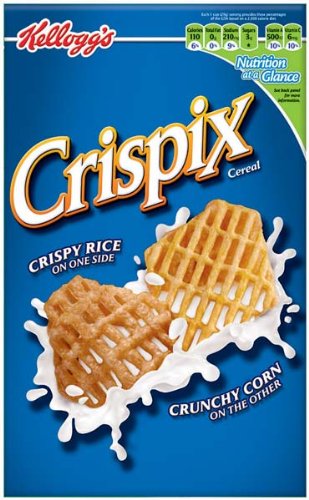Candles are of course created mainly of wax, but there are many various kinds of wax you can purchase. Each wax kind has its own attributes and advantages, and every has a really slightly various appear and consistency. Most candles in the market right now are made from paraffin, which is a petroleum by-product. However soy wax is becoming more and more well-liked because of its green environmental attributes. Soy wax and paraffin wax could be made in numerous various consistencies, including a soft wax for container candles and harder waxes for hurricane candles. Most candles fall somewhere in between, with a mid-density soy wax or paraffin wax that could be utilized in molded candles of all types. It can also be utilized for taper candles, though there's also a special formula specifically for tapers.
Other forms of wax include bees wax and now a totally new wax on the scene known as palm wax. Both of these types like soy wax are celebrated as being more natural, with some considering them to become much better for the environment. Soy wax, created from soy beans, is really a clean-burning wax having a similar consistency towards the mid-range paraffin waxes. Bees wax is really a softer wax, and is prized for its malleability. Beeswax is often formed into sheets with a honeycomb pattern. Someone purchasing these sheets can then make a quick taper candle by wrapping the malleable sheet around a wick and pressing it tightly. Bees wax however is going to be found to be a lot more expensive than soy wax or paraffin wax.
Candle wicks come in various sizes that correspond towards the diameter of the candle. Larger candles, often candles much more than five inches in diameter, need more than one wick. Wicks are made from cotton treated with chemicals that slows down their burn rate. A wick might consist of only the treated cotton, or it may have a stiff core to allow it to stay straighter as it burns. The cores are usually made from either a stiffened piece of cotton, a tightly rolled strip of paper, or zinc. Lead candle wicks are no longer made due to the health hazards associated with lead. However you need to be aware that some wicks coming from off shore suppliers still contain lead.
Candle wax is treated with various chemicals to provide it the color, stiffness and fragrance desired. Color usually comes in pigment blocks that could be melted into the wax. Fragrance comes in either liquid or solid block form. To produce stiffer candles, Stearine or Vybar is frequently added to improve the burning time of the candle. Additional effects could be created with other additives that may make the wax mottled, translucent or give it a snowflake pattern. Changing the wax's additive recipe can greatly change the appear from the wax, giving candles the wide range of colors and effects that exist on the marketplace these days.









